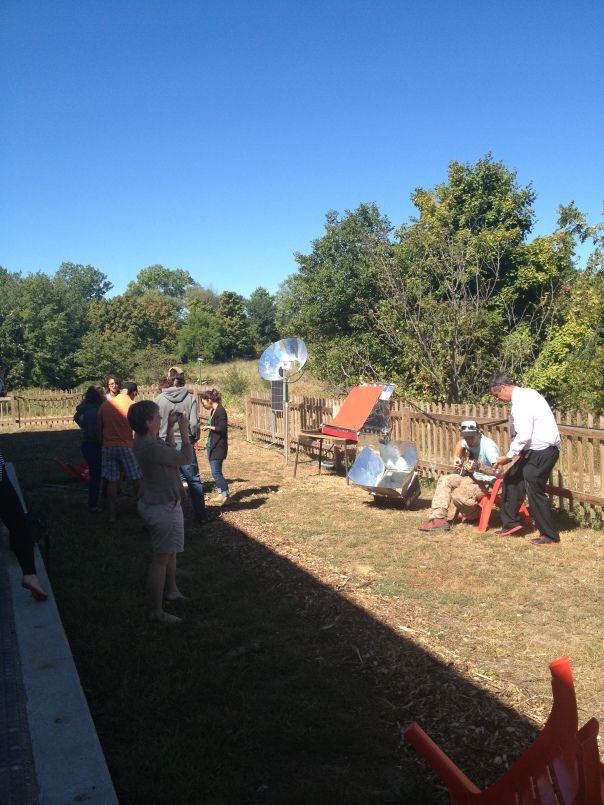This week has been all about cities. This has continually surprised me, because here in the SL program all we ever focus on is how bad cities are. They are too big, too crowded, too dirty, and they rely on everywhere but themselves for all of their needs (and waste). So here I am in my last class at MUM, learning about a concept called Ecocities for the first time. I had no idea there has been endless designs and brainstorming workshops all over the world for the past fifty years about this! It turns out people are really upset that cities are centered around cars instead of humans. That seems to be the main focus as far as I can tell. There is of course much more to it, that’s just a good way to sum it up. Other focuses in Ecocities include inviting landscapes and walkways, ped malls, bike paths and lanes, and edible landscaping.
After spending the week learning about this movement, I think it is time to experience a healthy city. I want to visit somewhere that has focused on these initiatives and seen positive changes. Unfortunately it seems like a lot of what’s happening is still in the design stage. It doesn’t really surprise me that revamping a city has it’s challenges. There is so much invested by so many “shareholders” that it would take years to make even the slightest change. And so it has, that’s exactly where it seems to be. Luckily there are places around the world who have made some really good steps in the right direction. It would be so neat to organize some sort of ecocity tour around the world, where I could take notes about each city and the good things that seem to be working. Now, hopefully there are people who have done something like this already.. But let’s face it. Cities are always changing, so one ecocity tour is completely different then the same tour a year later.
It’s been a very beneficial week here at MUM. I’m so happy to explore cities in my last course here because it’s definitely a hot topic. My education has been so well rounded, this is just the cherry on top of the cake. Here’s to the future! I hope to continue learning much more in my personal time away from this small town in Iowa.



